News
-
 Climate
ClimateForests help reduce global warming in more ways than one
Trees are often touted as bulwarks against climate change for their capacity to sequester carbon, but that’s just one part of the story.
By Nikk Ogasa -
 Astronomy
AstronomyHere’s the best timeline yet for the Milky Way’s big events
A new study puts more precise dates on when the Milky Way formed its thick disk and collided with a neighboring galaxy.
By Ken Croswell -
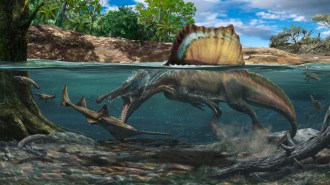 Paleontology
PaleontologySpinosaurus’ dense bones fuel debate over whether some dinosaurs could swim
New evidence that Spinosaurus and its kin hunted underwater won't be the last word on whether some dinosaurs were swimmers.
-
 Science & Society
Science & SocietySocial media crackdowns during the war in Ukraine make the internet less global
Social media has become an important battleground, and now stands to split along geopolitical lines.
-
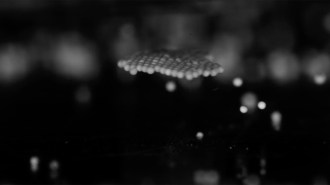 Physics
PhysicsLevitating plastic beads mimic the physics of spinning asteroids
"Tabletop asteroids," buoyed by sound waves, hint at why some loosely bound space rocks have odd shapes and can’t spin too quickly.
-
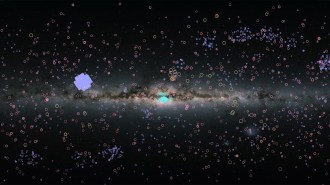 Astronomy
AstronomyNASA’s exoplanet count surges past 5,000
With a new batch of 60 confirmed exoplanets, the number of known worlds in our galaxy reaches another milestone.
By Liz Kruesi -
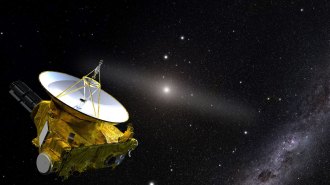 Astronomy
AstronomyThe universe’s background starlight is twice as bright as expected
Images from the New Horizons spacecraft suggest that light from all known galaxies accounts for only half of the cosmos’ visible background glow.
By Liz Kruesi -
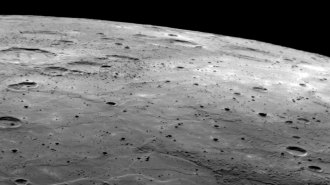 Planetary Science
Planetary ScienceDiamonds may stud Mercury’s crust
Billions of years of meteorite impacts may have flash-baked much of a primitive graphite crust into precious gemstones.
By Nikk Ogasa -
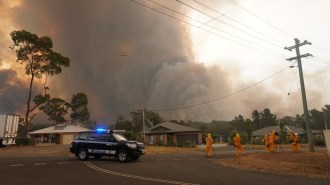 Climate
ClimateSmoke from Australia’s intense fires in 2019 and 2020 damaged the ozone layer
Massive fires like those that raged in Australia in 2019–2020 can eat away at Earth’s protective ozone layer, researchers find.
-
 Particle Physics
Particle PhysicsHow light from black holes is narrowing the search for axions
The orientation of light waves from the region around galaxy M87’s central black hole rules out the existence of axions of a certain mass.
By Liz Kruesi -
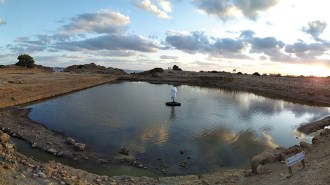 Archaeology
ArchaeologyAncient seafarers built the Mediterranean’s largest known sacred pool
The Olympic-sized pool, once thought to be an artificial inner harbor, helped Phoenicians track the stars and their gods, excavations reveal.
By Bruce Bower -
 Health & Medicine
Health & MedicineA gene therapy for hemophilia boosts levels of a crucial clotting protein
A one-time, gene-based treatment for hemophilia increased the amount of a necessary blood clotting protein in men with a severe form of the disease.